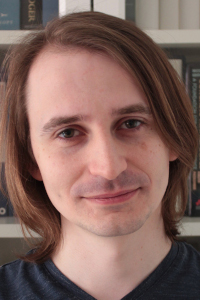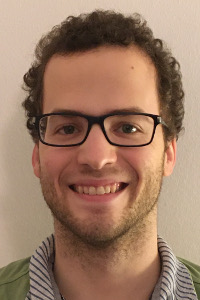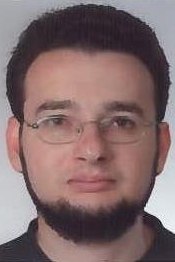Publications

3+1D color fields
Space-time structure of 3+1D color fields in high energy nuclear collisions
Andreas Ipp, David I. Müller, Soeren Schlichting, Pragya Singh
Phys.Rev.D 104 (2021) 11, 114040
(PRD, arXiv:2109.05028)
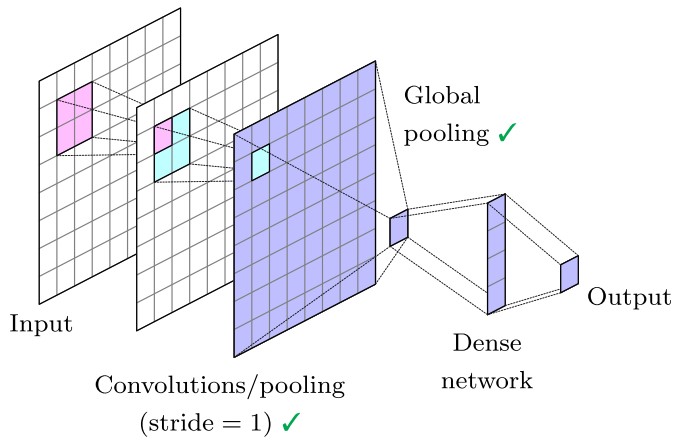
Generalization
Generalization capabilities of translationally equivariant neural networks
Srinath Bulusu, Matteo Favoni, Andreas Ipp, David Müller, Daniel Schuh
Phys.Rev.D 104 (2021) 7, 074504
(PRD, arXiv:2103.14686)
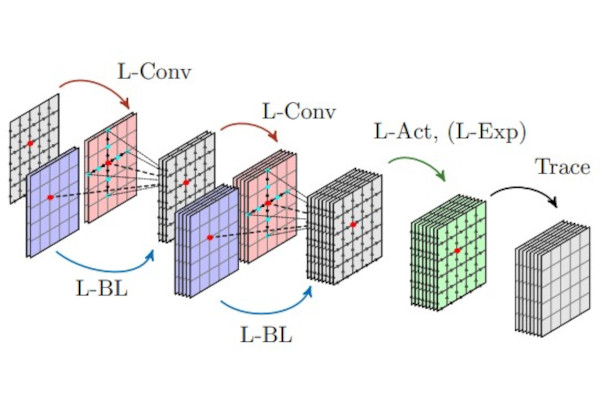
L-CNNs
Lattice gauge equivariant convolutional neural networks
Matteo Favoni, Andreas Ipp, David Müller, Daniel Schuh
Phys.Rev.Lett. 128 (2022) 3, 3
(PRL, arXiv:2012.12901)
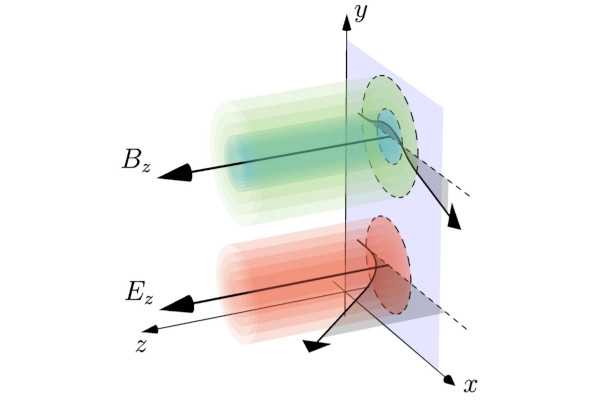
Jet momentum broadening
Jet momentum broadening in the pre-equilibrium Glasma
Andreas Ipp, David Müller, Daniel Schuh
Phys.Lett.B 810 (2020) 135810
(PLB,
arXiv:2009.14206)
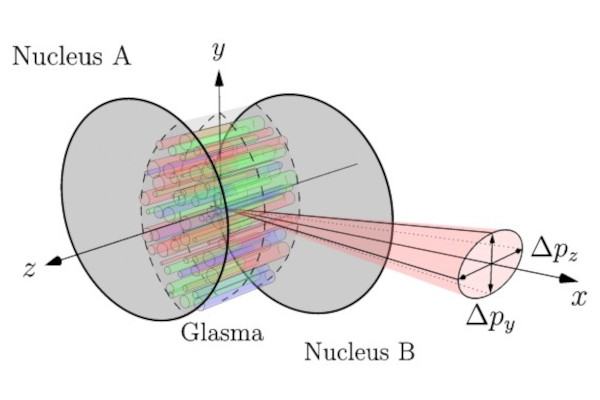
Anisotropic momentum broadening
Anisotropic momentum broadening in the 2+1D Glasma: analytic weak field approximation and lattice simulations
Andreas Ipp, David Müller, Daniel Schuh
Phys.Rev.D 102 (2020) 7, 074001
(PRD,
arXiv:2001.10001)
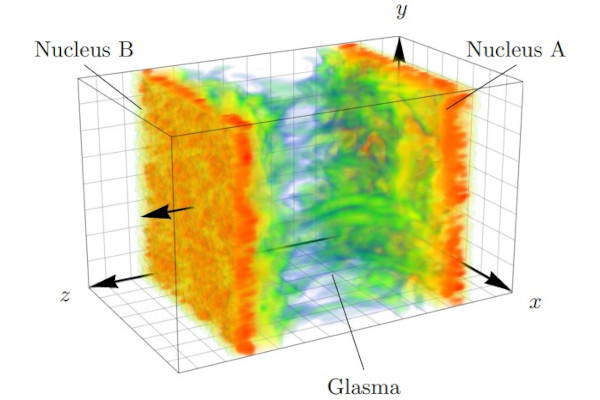
3+1D Glasma simulations
Progress on 3+1D Glasma simulations
Andreas Ipp, David Müller
Eur.Phys.J.A 56 (2020) 9, 243
(EPJA,
arXiv:2009.02044)

Implicit schemes
Implicit schemes for real-time lattice gauge theory
Andreas Ipp, David Müller
Eur.Phys.J. C78 (2018) no.11, 884
(EPJC,
arXiv:1804.01995)
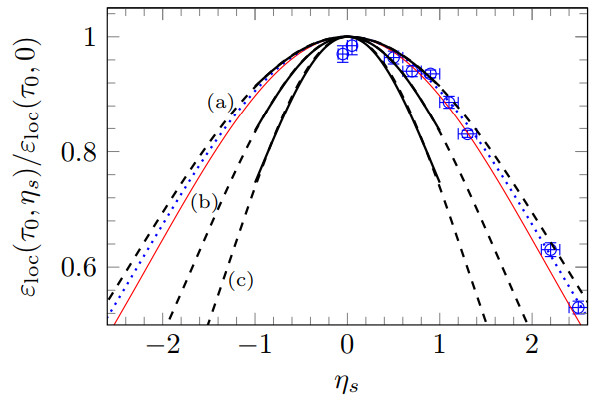
Broken boost invariance
Broken boost invariance in the Glasma via finite nuclei thickness
Andreas Ipp, David Müller
Phys.Lett. B771 (2017) 74-79
(PLB,
arXiv:1703.00017)
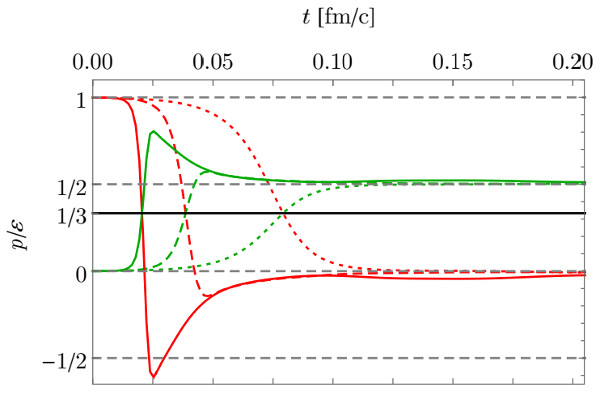
Thick nuclei collision
Simulating collisions of thick nuclei in the color glass condensate framework
Daniil Gelfand, Andreas Ipp, David Müller
Phys.Rev. D94 (2016) no.1, 014020
(PRD,
arXiv:1605.07184)
 This work has been supported by the Austrian Science Fund FWF, project numbers P26582-N27 and P32446-N27 and by the Doctoral program No. W1252-N27.
This work has been supported by the Austrian Science Fund FWF, project numbers P26582-N27 and P32446-N27 and by the Doctoral program No. W1252-N27.

